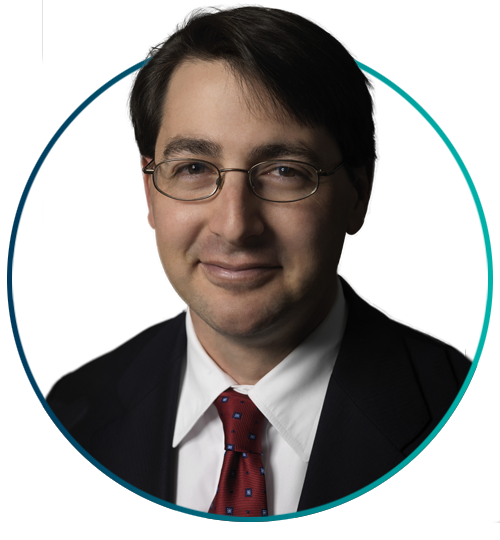T+1 will redefine post-execution trade settlement in the U.S. and around the world.
As many hedge fund and asset management owners already know, the world’s largest capital market, the U.S., will redefine its settlement cycle on May 28 this year. The U.S. is moving to a one day (T+1) post-execution trade settlement timeframe from the current T+2 limit for most U.S. securities.
Crucially, while it is U.S.-focused, the shift to T+1 is one of the most significant developments in the global financial system in decades.
Hedge fund managers with global operations, especially in Europe and Asia Pacific, face additional complexities due to time zone differences. Many commentators view the sharply reduced timeframe in the context of cross border trading as a major challenge.
As a recent report from Bloomberg Intelligence[1] noted: “The shortened settlement cycle will require a change in behavior from all market participants who are forced to adapt to the tighter window. The time will be even less for European and Asian market participants operating in different time zones.”
The challenges of the new T+1 settlement cycle
Trade confirmation and matching processes involve coordination between multiple parties, including brokers, dealers, custodians, and clearinghouses. Time zone differences can complicate these processes, especially when confirming and matching trades across borders.
We know that managers and other stakeholders are concerned. A snapshot poll conducted at a dedicated webinar on T+1 that CSC presented in February this year found global operational coverage was the highest rated concern, cited by 43% of the audience. The full webinar is available to watch here.
For hedge fund managers and other stakeholders in the asset management space, the time-sensitive nature of trade execution and settlement will become even more critical under T+1.
Firms must ensure that their trading operations, including order routing and execution, can be executed efficiently across different time zones to meet the shortened settlement cycle.
The solution—a follow-the-sun operations model?
In terms of operational intensity, firms may have to look closely at a follow-the-sun model.
This may mean handing over to a trusted co-source, a vendor partner, or an extended team in a different region altogether.
While a follow-the-sun model provides rolling 24-hour support to ease the operational burdens of T+1 settlement, the costs of building an internal model are considerable. Fund managers will need to balance cost and capabilities carefully when deciding on the model that fits their unique needs. Smaller and mid-sized firms may be better suited to a co-sourced or outsourced solution.
In addition, hedge funds can leverage advanced platforms like Omgeo CTM and Omgeo Alert to automate trade matching.
These platforms offer a powerful arsenal of tools to automate trade matching, streamline operations, and enhance communication with counterparties – and as such can empower managers with robust reporting and monitoring capabilities, enabling them to track trade matching performance, exception rates, and settlement efficiency over time.
What’s important to know is that a range of solutions is available for managers in the context of T+1 and the reduced settlement timeframe. Indeed, we believe that asset managers who view T+1 as an opportunity to enhance their business models as opposed to a threat could capitalize on the new environment.
How CSC can help
CSC’s experts have decades of experience working with some of the world’s largest and most complex fund managers, providing them with a truly global operational capability.
In our recent T+1 webinar, we took a deep dive into the key operational issues around the shift to T+1 including insights into how to prioritize and improve certain functions. The webinar provides hedge fund professionals with comprehensive insights into the transition to T+1 settlement and offers strategies to effectively prepare for and improve middle and back-office operations.
See the full webinar here.
Or to read about tools, processes, strategies and scorecards to help fund managers achieve trusted, scalable reconciliation, learn more here.
[1] https://www.bloomberg.com/news/articles/2024-02-28/investors-face-30-billion-cost-hit-as-us-markets-move-to-t-1
